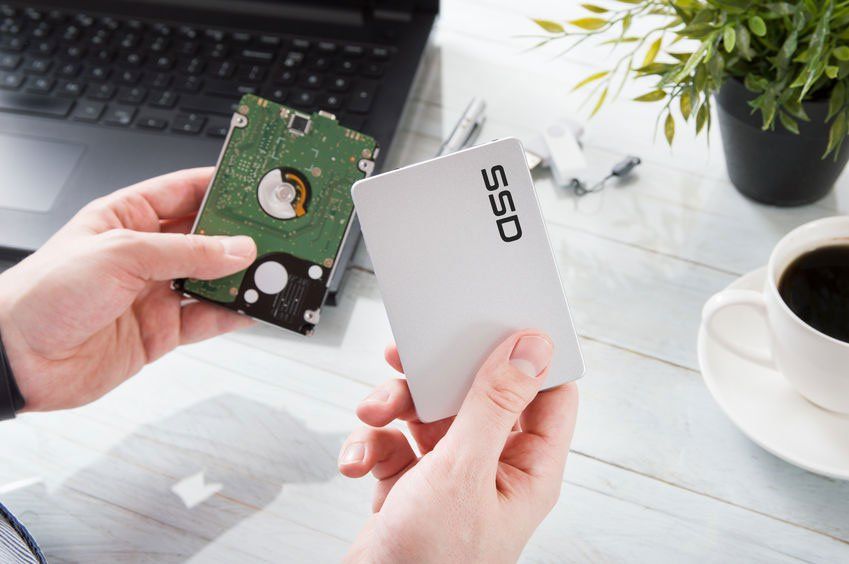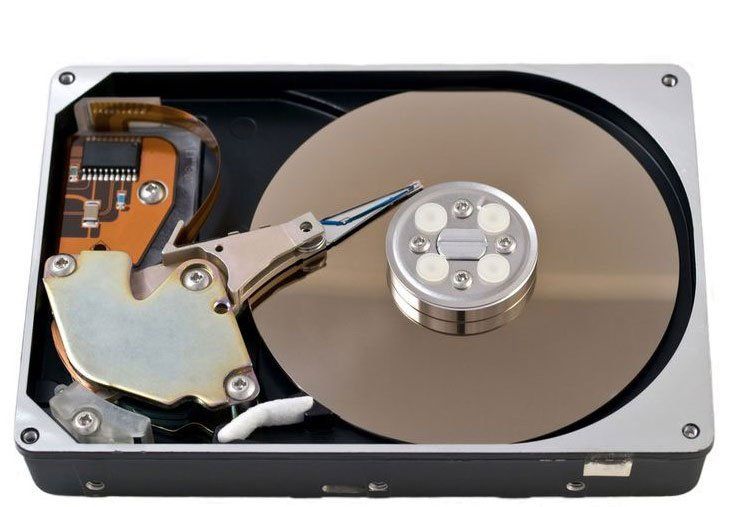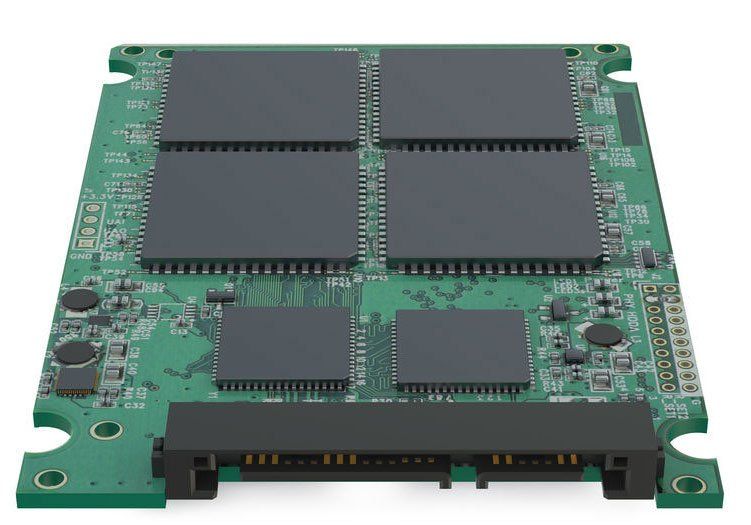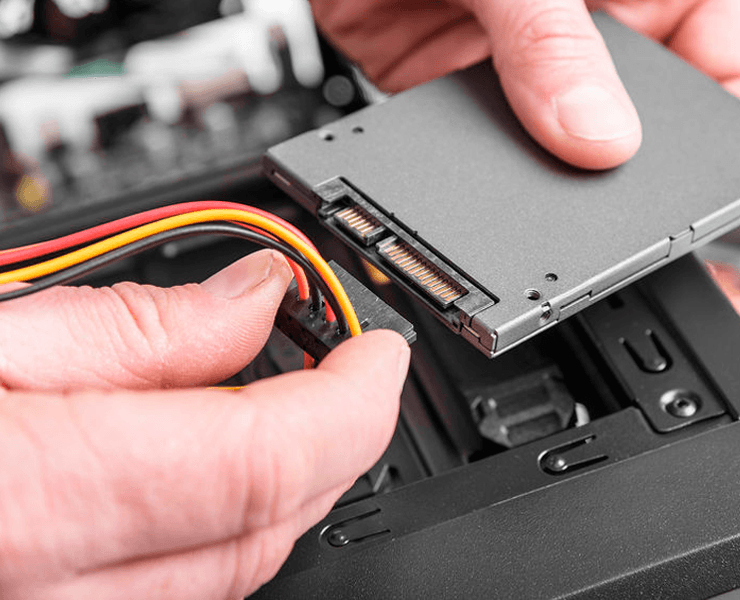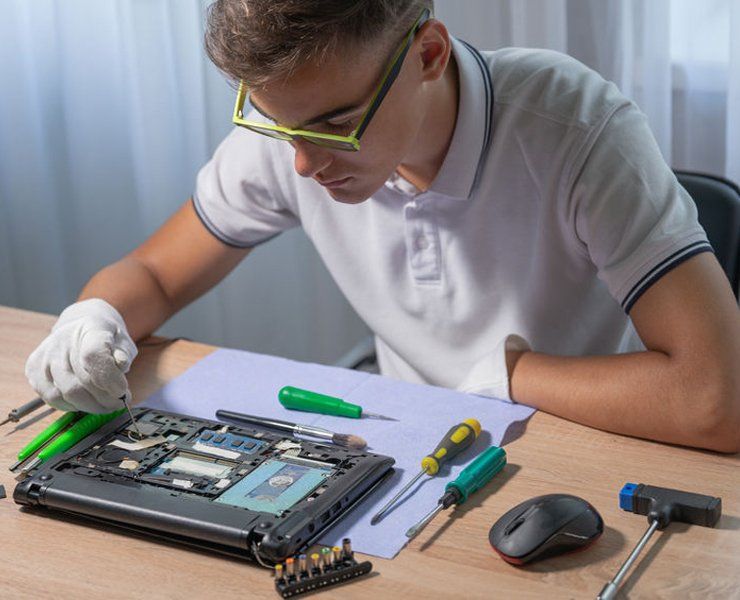The ability of a computer to install applications, save files, pictures, videos, music, etc. is due to the computer having a storage component. The amount of data (information) stored is based on the capacity of that storage component. Sometimes the storage component is referred to as the computer’s “storage memory”. This memory is not to be confused with the memory that runs the applications. That memory is referred to as RAM (Random Access Memory).
The type of data storage component that is inside of most computers will either be a hard drive (HDD) or solid-state drive (SSD).
Save Time
Save Money
Gain Clarity
Preparation for the hard drive to SSD upgrade process:
Before starting the upgrade process to improve your laptop (or desktop) speeds, you'll need to research all the necessary information regarding your system's warranty. Performing any form of unauthorized work on the laptop or desktop without the help of a manufacturer recommended dealer may void the manufacturer warranty.
Before commencing any work on the computer, be sure to review the product manual's safety instructions for your laptop / desktop.
This upgrade process requires that your system be running Windows 7 and above. At the time of this writing (Spring of 2021), it is highly advisable that your system should be also upgraded to one of the latest versions of Windows 10 if your hardware is able to handle the Windows 10 operating system. Many useful features and updated security measures are addressed by having an up to date operating system.
Lastly, do not forget to check your laptop's BIOS settings and update these settings for SSD compatibility as required.
Required items for upgrading hard drive to SSD:
1.
Your laptop's product manual. Short of having your manual, you can easily download one from the laptop manufacturer's website. The product manual will give you precise instructions on accessing and removing the HDD on your laptop.
2.
An ESD wrist strap. An ESD wrist strap is crucial in helping prevent static electricity from permanently damaging your various components inside of your laptop.
3.
Data transfer kit. A data transfer kit can be purchased easily on online platforms such as Amazon and will make it easier to transfer existing data on your HDD to your new SSD. Alternatively, you can use an external USB drive enclosure or a SATA to USB cable, and data transfer software.
4.
A screwdriver.
Is your computer operating at the best speed?
Could a SSD upgrade help?
Data Transfer:
The steps provided below will help you move data from your hard drive to a solid-state drive before the physical drive replacement process. It is important to note that different computers will have slight variations for this process. Having access to your laptop's (or desktop's) product manual is recommended.
Cloning the contents from your HDD to your SSD:
1.
Install a data cloning software on your laptop.
2.
Connect the SSD to a USB drive enclosure or SATA to USB transfer kit.
3.
Plug the SATA to USB cable to the USB Port on your laptop / computer (USB 3.0 port will provide you with a better transfer time).
4.
Open the cloning software you installed before and follow the instructions and screen prompts.
5.
Wait until the completion of the transfer process.
Physically Installing the SSD in your laptop / desktop:
1.
Physically disconnect the SSD from the computer by unplugging the SATA to USB cable from the laptop / desktop computer.
2.
Unplug the laptop / desktop from AC power and then remove the battery (in the case of the laptop).
3.
Remove screws to open the laptop casing or the desktop’s casing. Access the hard drive bay and remove the existing hard drive. If necessary, consult the laptop product manual for any further instructions. Some laptops with unibody designs will require you to pry the cover open carefully using a flat-head screwdriver or case wedge. If you are uncertain of how to access the drive bay, research on Google and YouTube by searching your laptop / desktop’s model number.
4.
Unscrew the drive mounting bracket from the old HDD and remove the drive. Attach the new SSD to the bracket, slide in the connector / cables and tighten the screws to hold the drive in place securely. Note: in some systems, conversion kits may be necessary to hold the SSD drive in place.
5.
Replace the laptop casing / desktop casing and screw it in place.
6.
Replace the battery and plug back in the power adapter.
After completing the above steps, you might need to install your manufacturer-recommended drive management software that will allow you to customize your laptop's settings and performance.
Through this process, your ageing laptop should be as fast as new, be quieter, consume less power, and be more responsive even to resource-intensive software applications.
At Fluent Decisions, we offer research, planning, and consultation plans to our customers. If you would like to use our consultation services for your SSD drive conversion process, we can help simplify the process for you.
Through our commitment to add value to our clients, we'll dissolve your doubts by ensuring you have access to the vital information you need to help you make the best decisions. Our extensive research and consultation services will allow you to make informed decisions, saving you time, crucial data and money.
Are you considering upgrading your hard drive to SSD and would like some assistance?
If you would rather drop us a line, please feel free to do so below.

